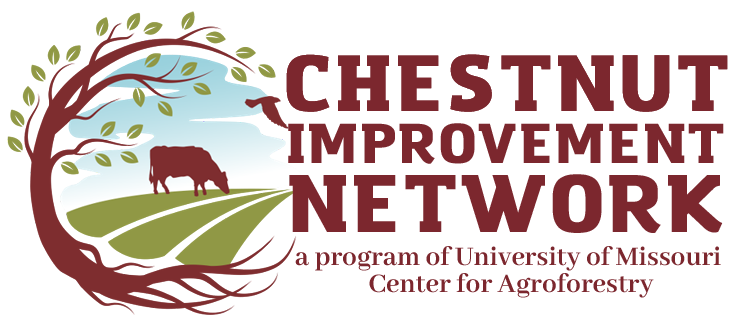Breeding
Breeding Scheme and Selection Criteria

Pair parents, cross pollinate
Breeding parents are selected for controlled hand-pollinations.
Grow in nursery
Seed from these crosses, as well as open-pollinated seed from select parents and orchards, are grown in the nursery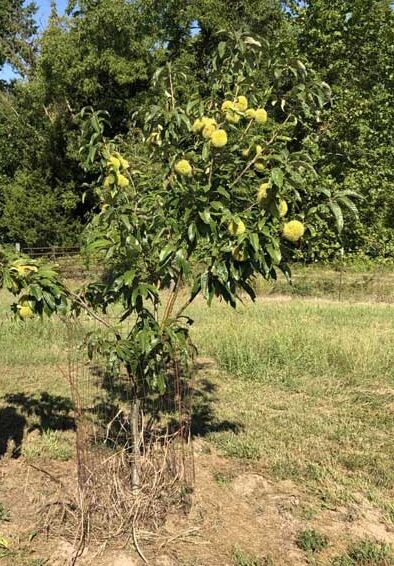
Field establish and grow
Planting different populations in different environments.
Begin evaluating offspring
Pest/disease incidence, leafing time, ripening-window, major defects (e.g., nuts dropping in burs) – reduce individuals under evaluation
Continue evaluating retained offspring
Evaluate bearing habit, kernel quality – greatly reduce individuals under evaluation
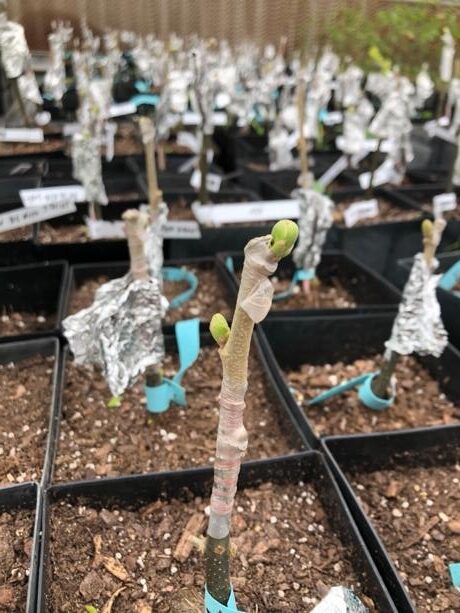
Propagate selections
Promising seedlings are propagated for replicated evaluations. Selections considered for use as next generation parents.

Finalize selections for replicated trials in multiple environments
The list of selections under evaluation are refined and shortened as data on-farm is gathered. Selections are subsequently established across different environments as experimental orchard layouts.
Field grow replicated trials

Evaluate
Evaluate selection performance for yield stability, health, and nut quality across multiple environments until mature bearing years.
Internal releases made to CIN Breeding Members
CIN Breeding Members and Donating Member get early access to CIN selections and improved populations.
Release of new cultivars
Summarize data for public release.Process for Releasing and Naming a Cultivar
Promising selections require replicated evaluation to validate performance before they are released as named cultivars. Three to four years of mature performance data are needed, at minimum, using eight or more grafted replications of the selection(s) per environment, planted alongside well-known “check” cultivars.
This breeding scheme is designed to select individuals, which could warrant release as cultivars or simply use as next generation breeding parents. With that in mind, similar principles can be used to select improved seedling families. Seedlings families can be trialed in a replicated fashion in a given orchard, and mean (average) family performance and variation compared, which can vary greatly between different parents and combinations thereof.
Breeding Goals:
Yield Stability
-
Low alternate bearing
-
Generalized adaptions
-
Late leafing, frost avoidance
Improved Nut/Kernel Quality
-
Size (>12g), low variance
-
Minimize defects (splits, doubles, mealiness, off-flavors)
-
Color, ease of pellicle removal, flavor
-
Storability
Agronomic traits
-
Nuts dropped from bur
-
Crown architecture and branch strength
-
Tolerance to several pests/diseases
-
Narrow harvest window
-
Ease of pruning and orchard management
The Challenge of Breeding
CIN evaluates hundreds of on-farm selections, curates an expanding repository of cultivars and superior germplasm, and produces thousands of seedlings from controlled crosses and open-pollinated families. CIN uses E-Brida 6x software as a cloud-based germplasm management platform in our applied breeding program to track essential breeding operations, phenotypic data collection, aid in marker assisted selection, and in situ conversation of diverse breeding stock.
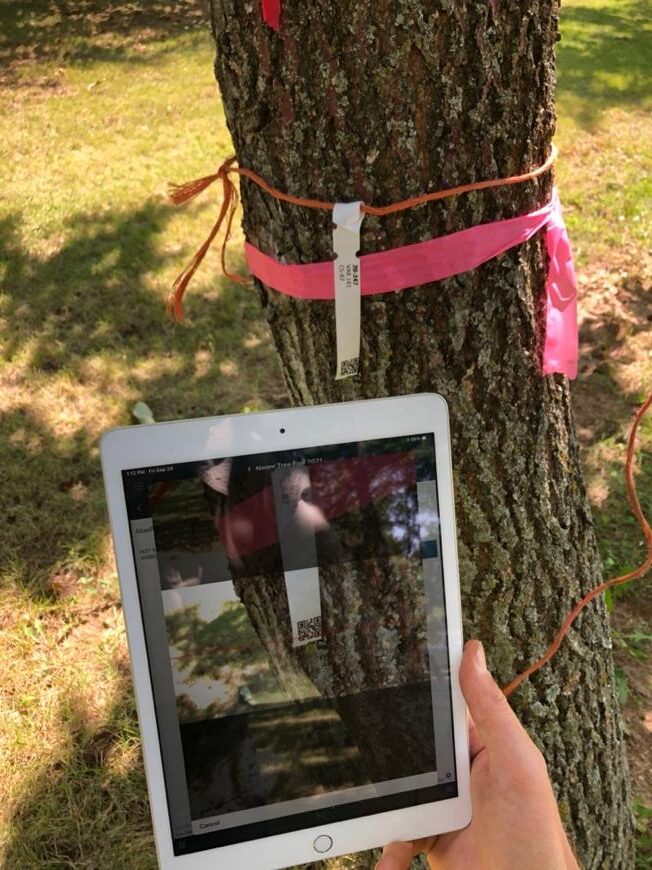
E-Brida
The Chestnut Improvement Network evaluates hundreds of on-farm selections, maintains a curated repository of selected cultivars and superior germplasm, and produces tens of thousands of seedlings from controlled crosses and open-pollinated diversity families. These many chestnut trees must be cataloged in our database management system to track the overall genetic improvement in the network.
CIN uses E-Brida 6x as a cloud-based germplasm database management platform in our applied breeding program to track essential breeding operations, phenotypic data collection, aid in marker assisted selection, and in situ conservation of diverse breeding stock and landraces.
CIN activities powered by E-Brida 6x:
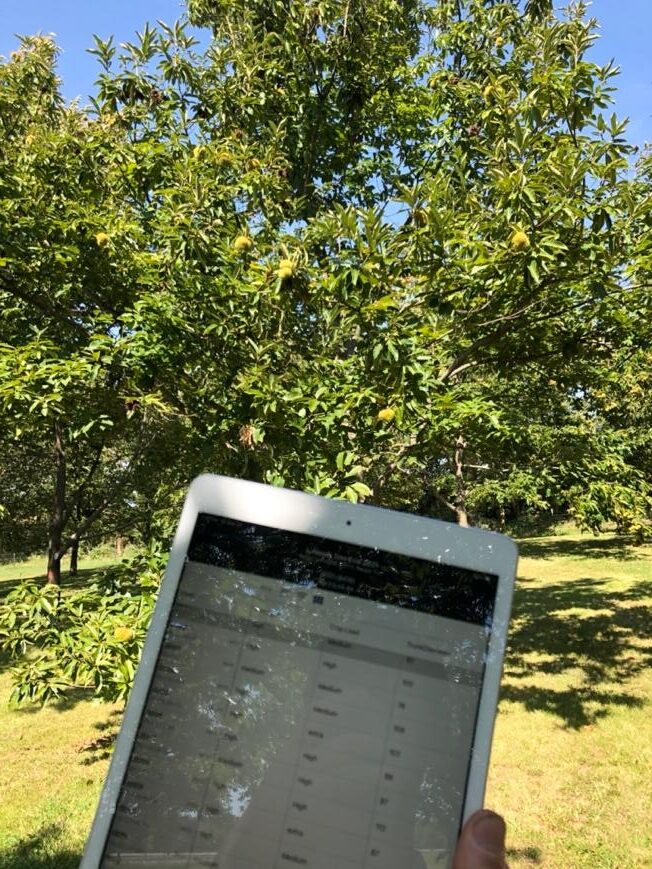
- Diverse germplasm collection
- On-farm evaluations and selections
- A secure database accessible through the online web application and mobile field app for offline data collection
- Curate searchable ancestry, origin, pedigree, etc. through unique labels
- Manage breeding operations, with QR code tracking
- Collect, archive, and share on-farm data with consistency and ease
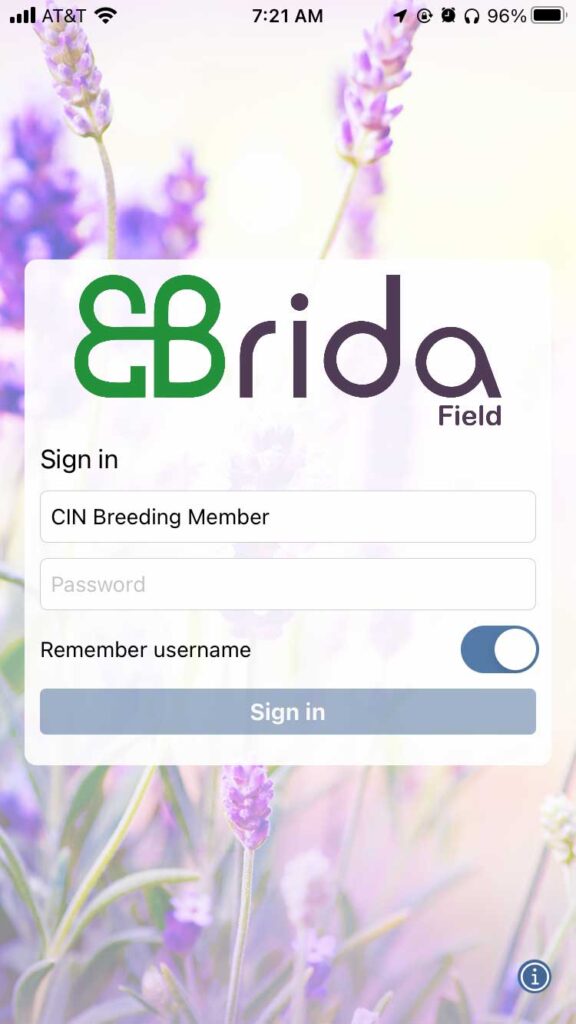
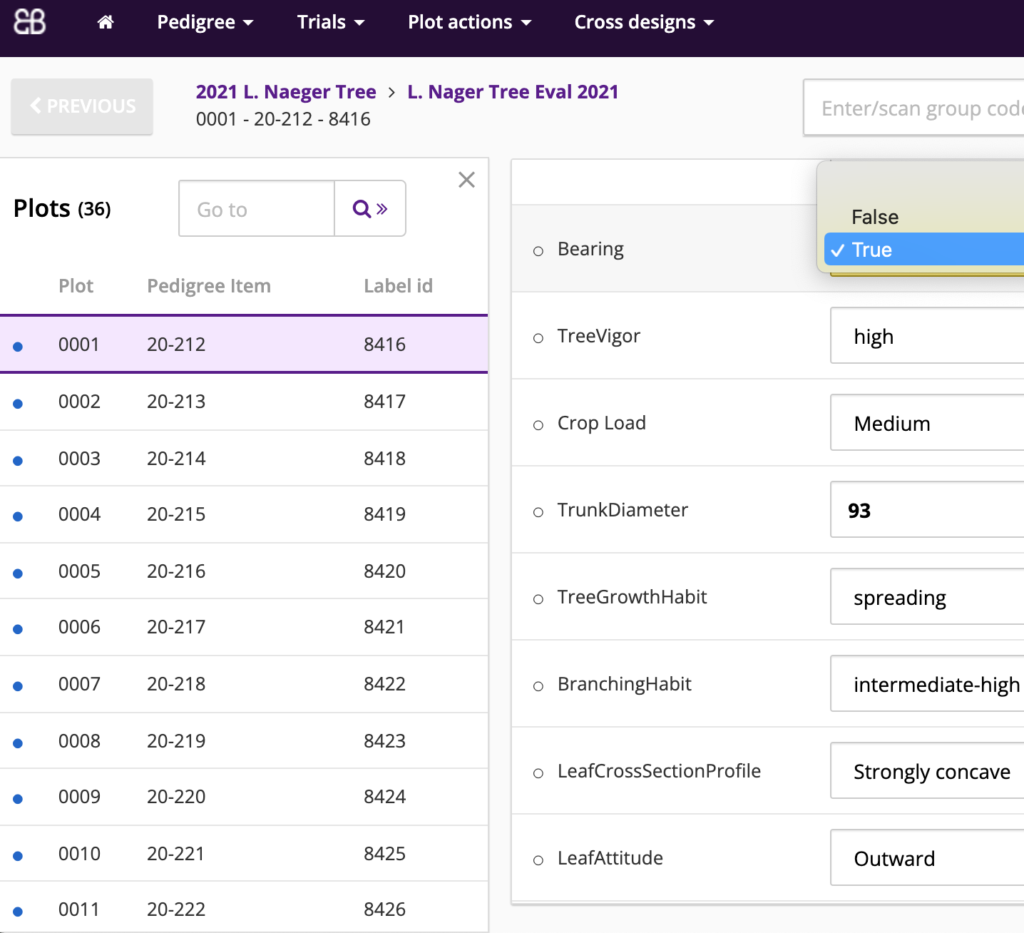
Overcoming data management bottlenecks in the workflow of CIN using integrated database management to track chestnut populations from the nursery to nut evaluation.
Grower engagement:
- E-Brida QR code and tracking allows all the plant material grown by CIN members to be cataloged from the nursery to the field
- Breeding members that want to collect their own on-farm growing data and observations can be given access to the E-Brida field app for streamlined, offline data collection on their mobile device.
302ABNR Bldg. Columbia, MO 65211
